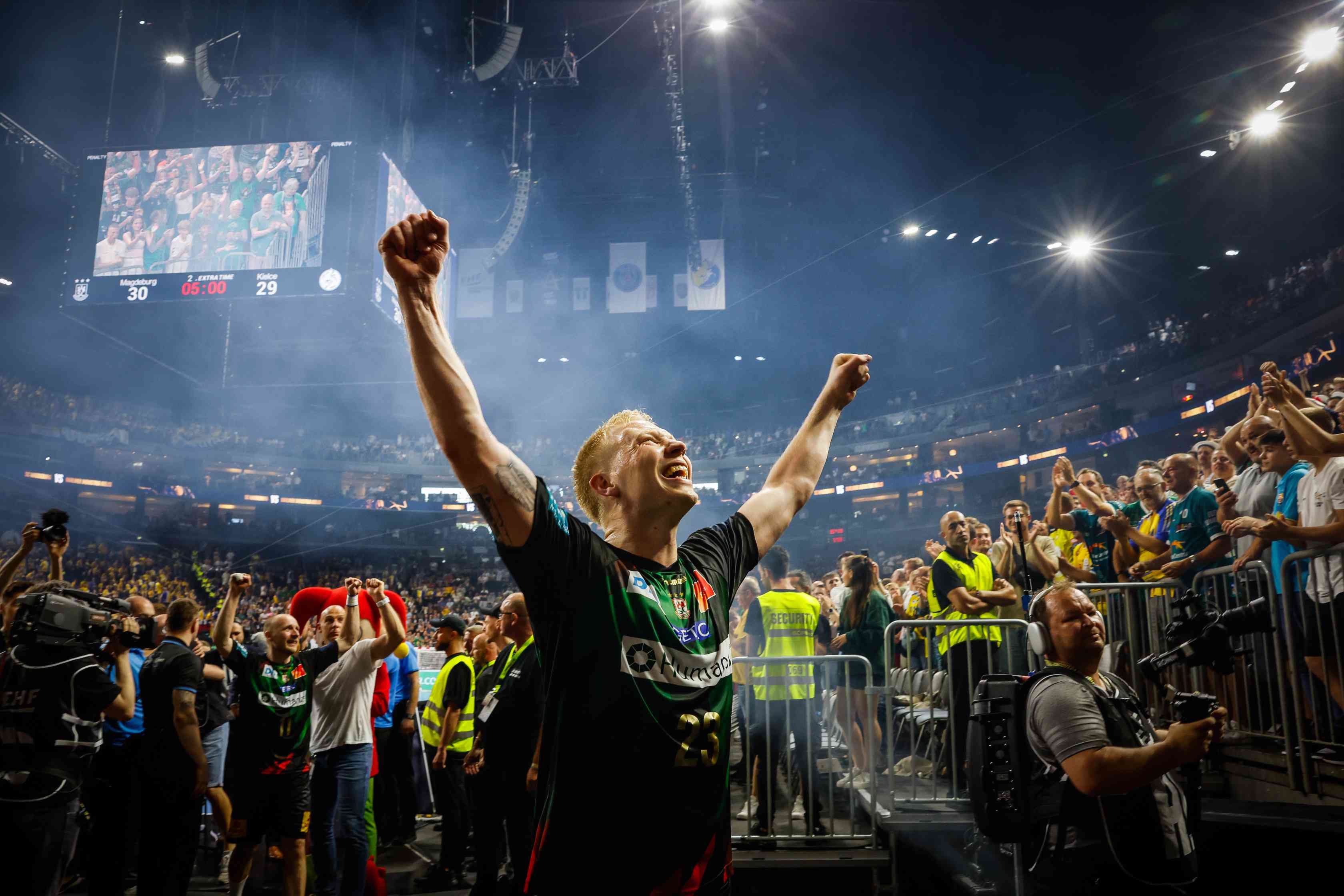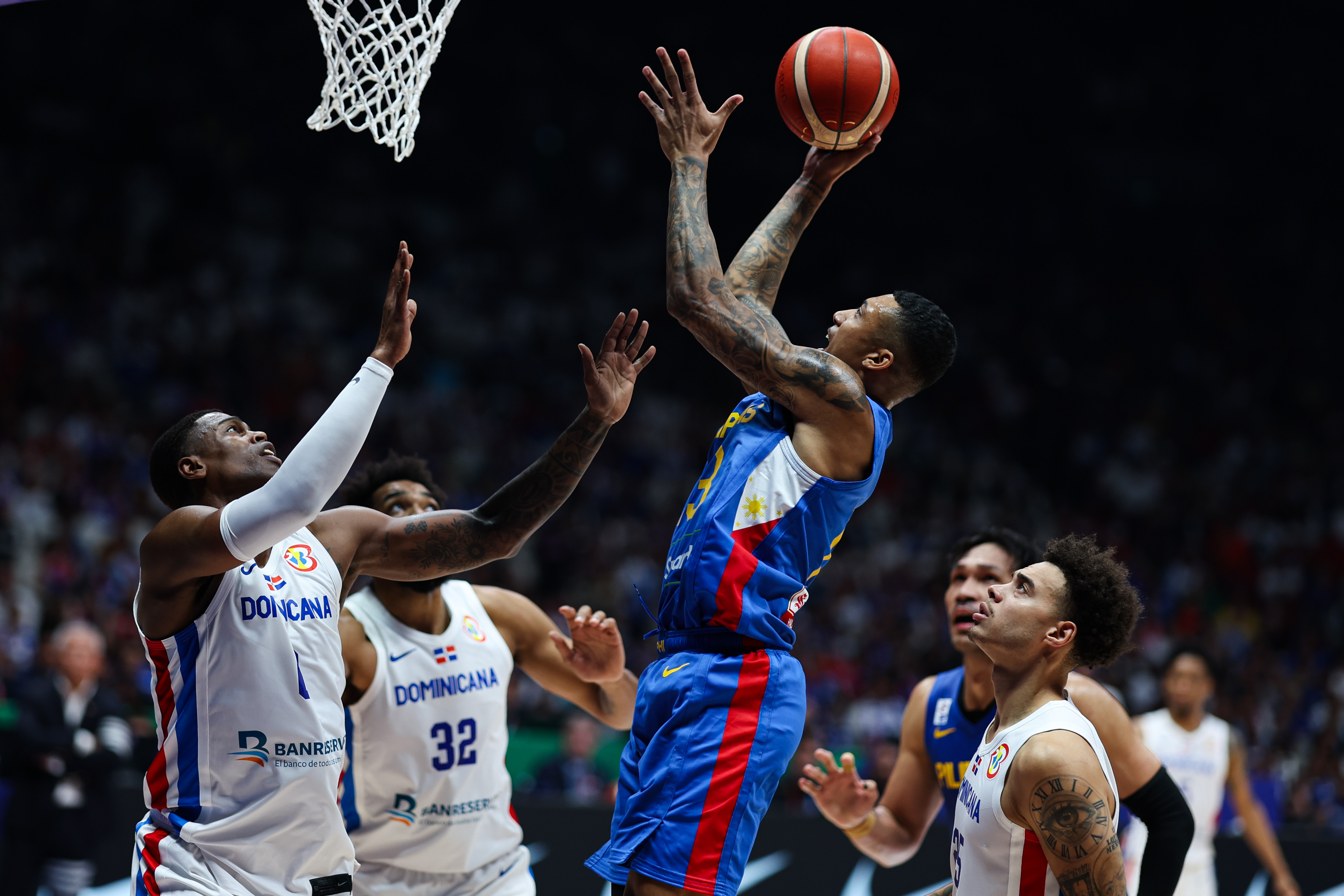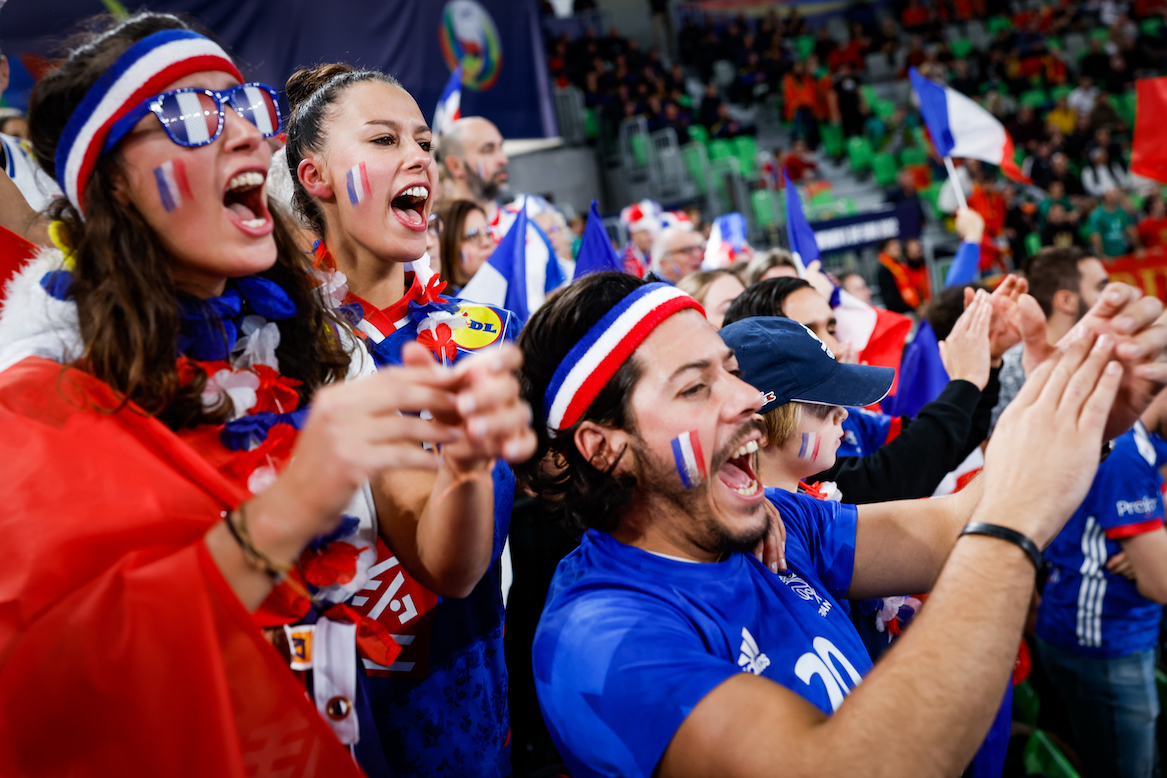The modern sports fan is less inclined to just watch a broadcast now, nor settle for passive viewing. They crave interactive live streams and a seamless second-screen experiences. They want to choose, share, interact and feel seen, which means production is now no longer about just broadcasting, but building sports feeds that are fan first.
Production used to be a one-size-fits-all operation. Now, fans expect personalised sports content updates tailored to their language, their heroes and their stories. From fan-led watch-alongs to influencer commentary and custom “super feeds,” production is fragmenting in the best possible way. It is making it more relevant to fans consuming at home.
The smart players are already adapting.
From mass broadcast to personalised sports feeds
Nearly 30% of Gen Z and Millennials want to pick their own camera angles, driving deeper real-time fan engagement. 40% are second-screening on social media. And over 25% want real-time stats on screen and expect personalised match highlights delivered instantly.
In short, fans want control.
That’s why watch-along livestreams and social commentaries (think YouTube creators like Mark Goldbridge or Twitch watch parties) are becoming mainstream. They give fans something traditional broadcast can’t. It provides personality, community and participation.
Production is shifting to reflect that. It’s about creating moments around the match that feel local, emotional and interactive — even if the production is powered by cloud-based workflows halfway across the world.
The tech shift: Cloud, AI and localisation at scale
The story of more tailored options for fans is being written by advances in technology more and more, pioneering true sports content personalisation. Cloud production and remote commentary setups are making it easier to deliver multilingual, multi-market content without bloated infrastructure or (importantly to rightsholders) costs.
It means a niche sport can now afford a broadcast with local-language commentary and athlete-specific storytelling. That’s huge for regional appeal and fan engagement.
Adding a layer of AI enhances that experience even more, allowing it to power real-time stat overlays, live updates, personalised match highlights and language adaptation without sacrificing authenticity. It is now the oft-repeated adage of how AI technology will fit into our lives going forward. Humans won’t be replaced, but what is on offer can certainly be emboldened.
Proof in practice: Paris 2024 and the sub-Saharan feed
One standout example: the dedicated Paris Olympics feed for sub-Saharan Africa.
150 hours of live content. Regional athlete focus. Multilingual commentary.
It made a culturally significant event even more relevant for fans watching in one of the biggest markets for sport.
This kind of localisation used to be a luxury. Now, it's a baseline expectation.
How broadcasters can build fan first sports feeds
To stay relevant in this production revolution, the approach has to change:
- Prioritise fan-first formats – Think super feeds, personalised match highlights, real-time overlays, influencer tie-ins—and advanced sports content personalisation
- Use AI smartly – Let it guide timing, localisation and personalisation, not just content spamming
- Invest in flexible workflows – Cloud and remote setups reduce cost and increase agility
- Think beyond the game – Create content ecosystems, not one-off broadcasts
Make your sports feeds belong to fans
The content that cuts through isn’t necessarily the most polished, but the most personal. Think beyond glossy packages — consider the second-screen experience and sustained real-time fan engagement. Fans don’t want just another version of the same highlights, but something that feels like it was made for them. Or at least their demographic. Whether that is age, region or preferences.
So the challenge for rights holders and broadcasters is clear: Don’t just cover the action. Make the viewer part of it.
The platforms are ready. The tech is mature. The fans are already behaving differently.


/Images-Logos/NextPlay_Production_Blog.jpg)






